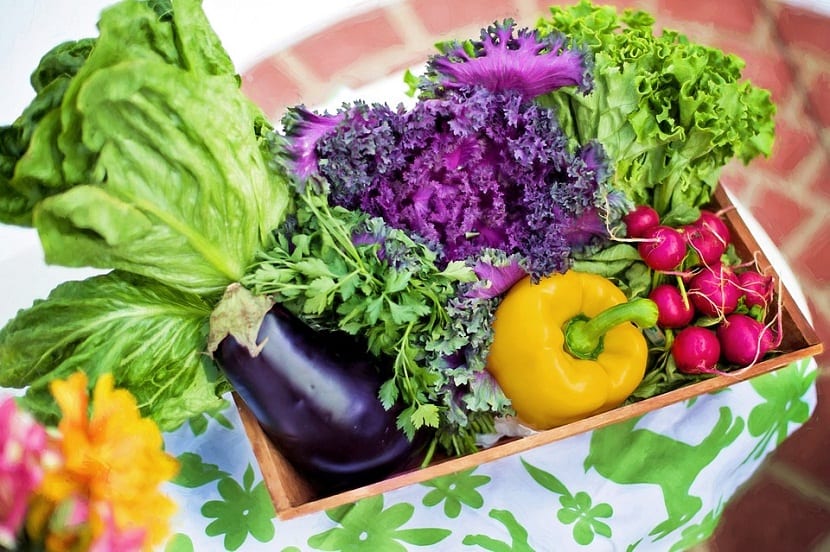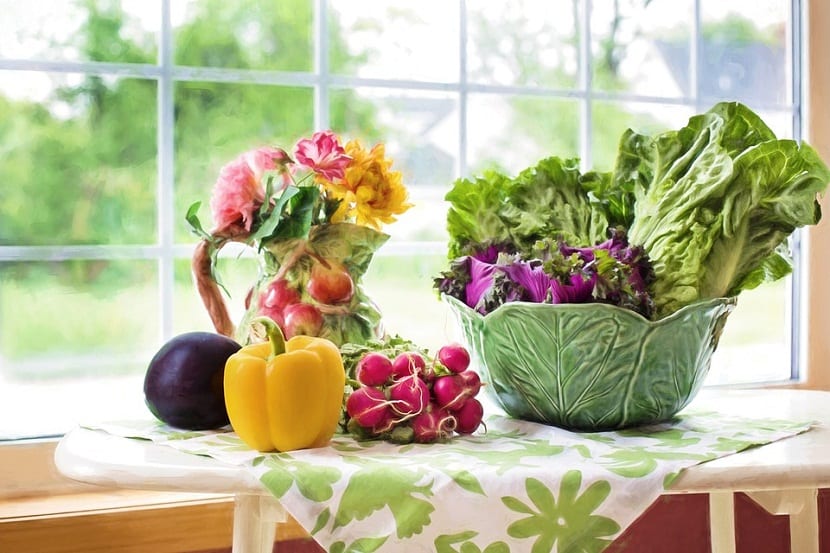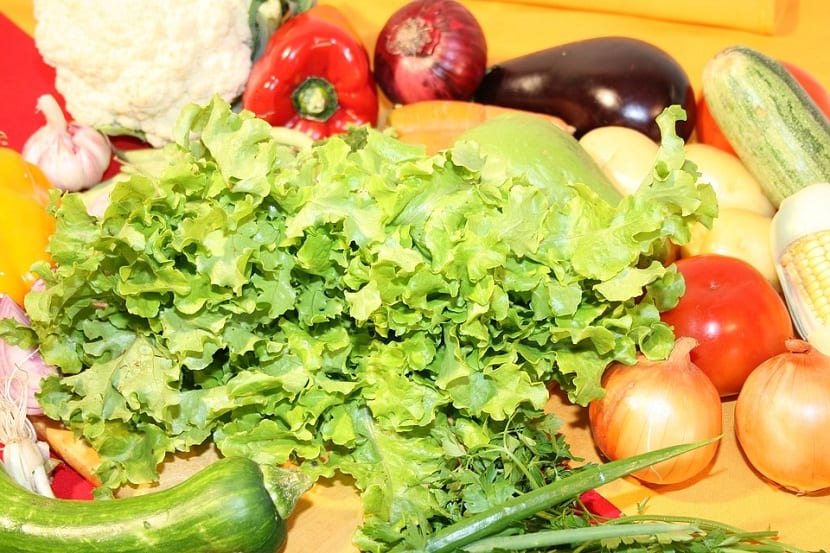
Are you as excited as we are to have a healthy nutrition? Then you will probably fulfill the premise of the "Five a day", that is, five daily servings of raw and cooked vegetables, of different colors and textures.
This way you ensure that all types of nutrients they are incorporated into your body. It is interesting to note that the category "vegetables" describes a wide variety of species including fruits, vegetables, vegetables, grains, and legumes. With fruits, grains and legumes there is no possible confusion, but it is important to know the similarity and difference between vegetables and legumes, to compose a nutritious, varied and healthy diet.

It is very common to call all vegetables other than fruits, grains or legumes. Many people believe that the difference between vegetables is just a matter of color, because the word "vegetables" evokes green. Therefore, vegetables would be the green leafy vegetables that we should incorporate into the diet such as lettuce, chard, spinach or arugula.
You have to know how to differentiate vegetables from vegetables
Some classifications include vegetables, other green vegetables such as cabbages, broccoli and Brussels sprouts, since of these species we do not consume the leaves, but the inflorescence. Furthermore, in other cases, all edible parts of green plantsWhether they are fruits, stems, leaves or roots, they are considered vegetables.
However, the difference between vegetables and greens it goes far beyond color. If it were just a matter of color, some vegetables would be vegetables in some regions and not others. Either the same vegetable would be a vegetable or it would not be according to the color of its edible part, as in the case of purple lettuce or green lettuce, and red or yellow peppers or green peppers.
Before further debating and to reach an agreement, it is best to go to origin of all knowledge, the dictionary and the dictionary of the Royal Spanish Academy informs us of the following:
- Vegetables: Vegetables, especially green leafy vegetables.
- Plant foods: Edible plant that is cultivated in the orchards.
- Orchard: Land of greater extension than the orchard, destined to the cultivation of vegetables and fruit trees.
- Orchard: Land of short extension, generally fenced, in which vegetables, legumes and sometimes fruit trees are planted.
If we refer to the dictionary, it would be clear that all garden products, whatever their color, shape or size and whatever their edible part was, these are vegetables. The vegetables in this category would be the vegetables whose edible part is the green leaf.
Although it is a bit difficult for us to clarify because not even the experts, the famous chefs, nutritionists and specialists in food have been able to agree, it is interesting to analyze the similarity and difference between vegetables and greens according to different criteria.
Difference between vegetable and vegetable
Edible part
All those vegetables of which the leaf is consumedRegardless of color, they would be vegetables.
Edible part color
All those vegetables in which the edible part is greenThey are vegetables; if it is of a different color (yellow, orange, red and their different shades) they are vegetables, except those that are variants of a vegetable (like purple lettuce, which is a vegetable, or red peppers, which are a vegetable).
Cooking methods
Vegetables can be served raw or cooked, but vegetables are usually served cooked.
Water content
Vegetables they are richer in water than vegetables (99% water).

Carbohydrate content
Vegetables do not contain carbohydratesWhile vegetables are rich in this nutrient, even vegetables contain practically zero vegetable fats, while many vegetables do.
Fiber
Vegetables they are richer in fiber than vegetables, especially the indigestible fiber (cellulose) which is very useful for digestion and while they are fresh, tasty and naturalRemember to consume five a day.
As you have noticed, understand the difference between vegetables and greens is key to incorporating five servings of vegetables per day of different textures and colors, both raw and cooked, whether they are fruits, vegetables, vegetables, grains and / or legumes.
Carbohydrate and fiber content, I don't get it. The word vegetable is repeated, and I don't understand what happens with vegetables.